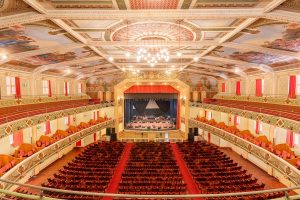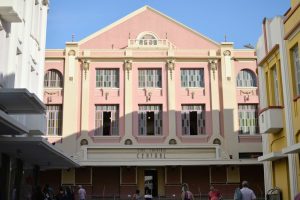The Universidade Federal de Juiz de Fora (UFJF) (opens in new window) – Federal University of Juiz de Fora- is ranked one of the top 1.000 universities in the world, being the 22nd best in Brazil, 32nd in South America and 37th in Latin America. Located in the Cidade Alta region, in the West Zone of Juiz de Fora, UFJF offers leisure space focused on the practice of physical activities, a park and a civic square, in addition to containing the academic spaces of several higher education courses.
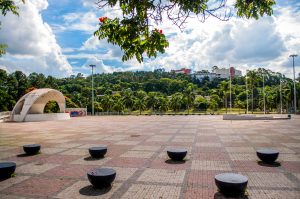
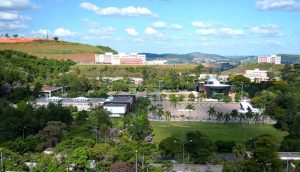
UFJF – archive photos UFJF
UFJF also has several attractions within its Campus and in various locations in the city of Juiz de Fora. Such as the Science Center that has several attractions, offering access to the Astronomical Observatory, the Malacology Museums, the Archaeoastronomy Room and the interactive exhibitions. In addition, this is where the face-to-face Global July Program takes place.
The Botanical Garden (opens in new window – in portuguese), located in Mata do Krambeck, is one of the largest remnants of Atlantic Forest in an urban area of Brazil. The Garden is a public space that offers guided visits, hiking, many species of bromeliads and other attractions.
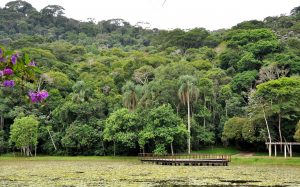

Alexandre Dornelas – Rodrigo Milani
The Memorial da República Presidente Itamar Franco (opens in new window – in portuguese), on the other hand, houses an important historical, political and cultural collection of the Juiz de Fora-born former president of Brazil, Itamar Franco.
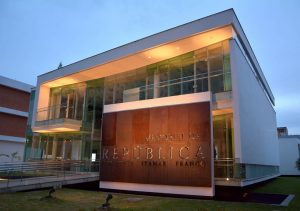
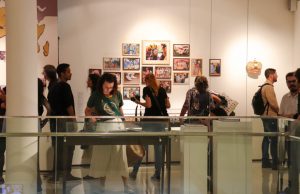
UFJF/Divulgação – Memorial de República Presidente Itamar Franco
The Museu de Arte Murilo Mendes (opens in new window – in portuguese) – Murilo Mendes Art Museum -, located in the city downtown, in an area of approximately 2,200m², aimed at cultural and educational dissemination, bringing together art, bibliographic collections and periodic exhibitions.
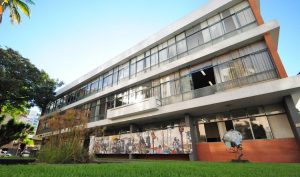
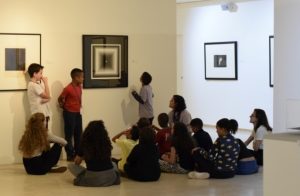
Maria Fontes/Coletivo JF Fotográfico – Museu de Arte Murilo Mendes
The Cine Theatro Central (opens in new window – in portuguese) is a privileged space, located on the promenade of Rua Halfeld, heart of the city. This attraction has the capacity for an audience and a stage designed to receive the most diverse shows, in addition to being considered one of the most important theaters in South America.
